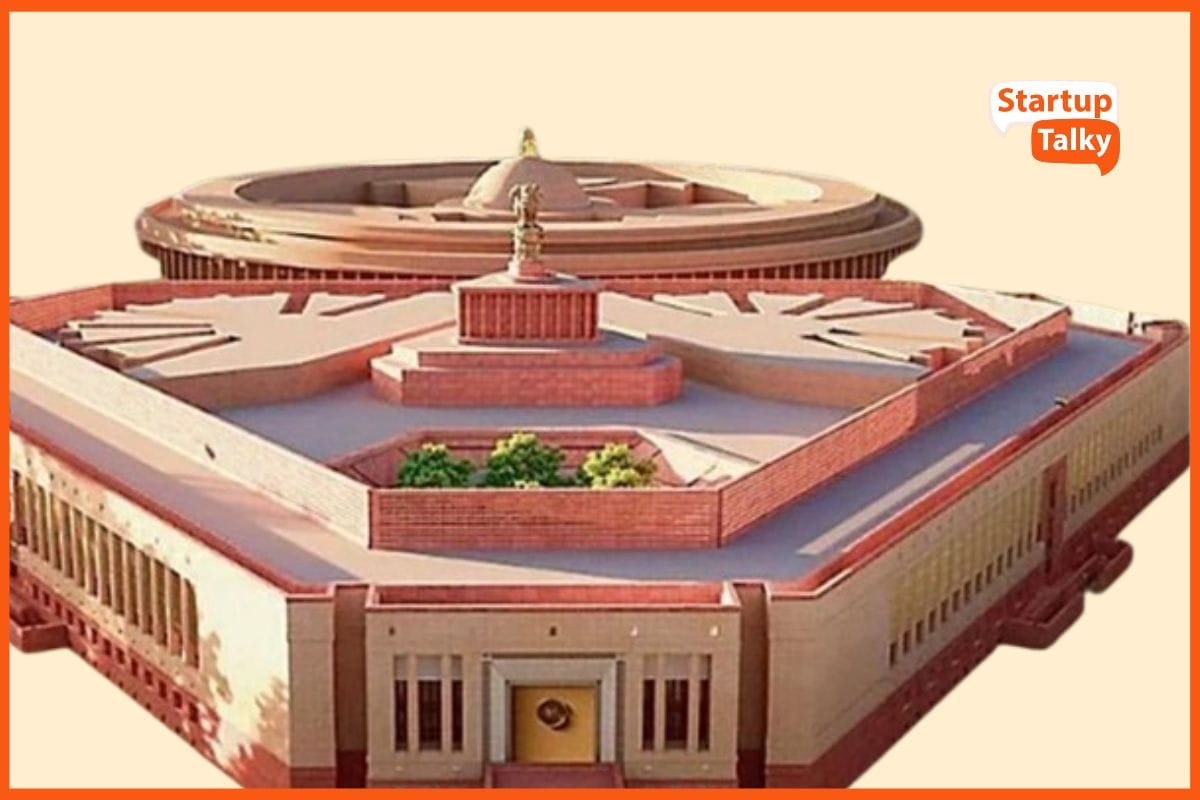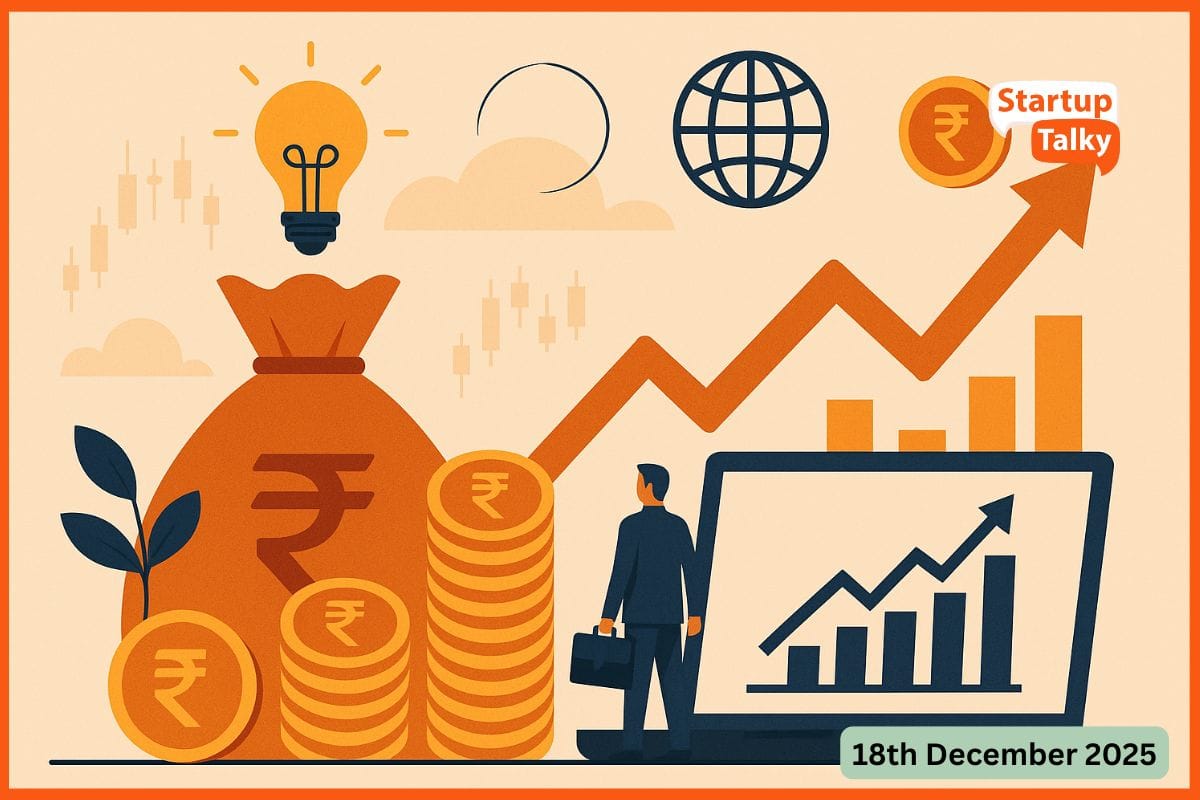How Much Does It Cost to Build an E-commerce Marketplace Website?
🔍Insights
Online shopping is moving towards a new direction in the world, undergoing constant modifications and growing rapidly. The marketing trends are changing in the blink of an eye.
The e-commerce marketplace is evolving so quickly that it is hard to imagine how the industry will look in the next decade.
A study says 80% of shopping is done online globally. In 2021, eBay alone had a market cap of 47.8 billion dollars. Online sale is increasing every year and now it's the right time to build your e-commerce marketplace.
Starting an online marketplace is not easy, it requires an investment and a clear-cut scheme.
Now the question is, how much does an eCommerce marketplace development cost?
Well, in this article, we will cover the investment needed for developing an e-commerce marketplace website.
What is an eCommerce Marketplace?
Types of Marketplaces
How Much Does an eCommerce Marketplace Development Cost?
What is an eCommerce Marketplace?
An eCommerce marketplace is an online platform where buyers can find different brands' products from different sellers showcased on the same platform. It allows all the vendors to sell their goods on the same eCommerce marketplace, which entirely runs on one software infrastructure.
These eCommerce marketplace companies take a small percentage of product sales from vendors selling across the platforms. For example Amazon, eBay, Flipkart, etc.
Types of Marketplaces
Are you sure about the category of the marketplace? Let's understand the classification of the marketplaces. Depending upon the type of marketplace, the cost of development is affected. The marketplace is divided into two parts that affect the eCommerce marketplace development cost.
Based on Participants
The target audience and the intention of the buyer-seller relationship decide your marketplace, which can be one of the following:
B2C Marketplaces: It offers an opportunity to vendors to sell products directly to the consumers. B2C marketplaces are generally monetized by listing fees, commissions, subscription fees, etc. For instance, booking.com.
B2B Marketplaces: It provides an opportunity for manufacturers to sell products or services. A third party usually operates them. Their motive is to promote transparency in deals and buying/selling processes. These are monetized through listing fees, commission, subscription fees, etc. For instance, eWorldTrade, and Alibaba.
C2C or P2P Marketplaces: These marketplaces connect people to share their products and services in exchange for money, such as a car. The motive behind C2C marketplaces is for maximum utilisation of resources, which are monetized through paid ads and promotions. For instance, Etsy, OLX.
Ecommerce Marketplace: It allows individuals and multiple businesses to sell their products and services online to consumers. These marketplaces are the most popular imaging eCommerce marketplace development cost. Example: Amazon, eBay.
mCommerce or Mobile Marketplaces: These are designed to facilitate mobile shopping. These are digital stores monetized through subscription fees, commission fees, freemium plans, lead fees, and listing fees. Example: Upwork, Fiverr, Sephora.
Crowdfunding Marketplaces: It allows its members to raise funds from the groups for a specific project. Monetization strategies include transaction fees and commission fees. Example: Kickstarter, Indiegogo.
Auction Platforms: They encourage vendors to fulfil the services by bidding. It exclusively helps to gain the most competitive rates for a specific item or service. Auction platforms monetize through transaction fees. Example: Artsy.
Based on Business Model
The structure of your marketplace depends upon the business model. The business model defines the strategies to attract buyers and sellers and generate revenue. It helps determine the essential functionality and even affects the marketplace development cost. Business models are classified into three groups:
Horizontal marketplaces: They deal in different categories to different consumers. consumers can find all the necessary products. Here the competition is fierce, and a wider audience is covered. Example: OLX, Etsy
Vertical Marketplace: Instead of selling every product to everyone, these are mainly focused on niche services or products. Here you experience less competition. Additionally, you can focus on delivering better personalization. Example: StockX
Global Marketplace: It allows the exchange of goods and services worldwide. It has the widest audience and hence more power to generate revenue. You will face some language barriers and legal constraints in the global marketplace. Example: amazon.com, ebay.com


How Much Does an eCommerce Marketplace Development Cost?
The eCommerce marketplace development cost depends upon what features you want to add account. However, here's an estimated cost if you're building an e-commerce marketplace such as Amazon.
The eCommerce marketplace is built on two platforms: Website and App.
Marketplace Website Development Cost
The table contains the eCommerce marketplace development cost of a website like Amazon. Amazon is a B2C marketplace where one can find any product. Here is the average possible development cost.
| Stage: Development | Estimated cost |
|---|---|
| Business Analysis | $10,000 - $22,000 |
| Design | $5000 - $14,000 |
| Front-end | $25,000 - $75,000 |
| Back-end | $39,000 - $116,000 |
| Quality Assurance | $14,000 - $62,000 |
Basic Features
| Feature | Estimated Cost |
|---|---|
| Authorization | $5,000 - $21,000 |
| Profiles (Host, Admin, Guest) | $18,000 - $25,000 |
| Search with Filters | $15,000 - $20,000 |
| Product Pages | $10,000 - $14,000 |
| Shopping Cart | $12,000 - $17,000 |
| Payment System | $15,000 - $20,000 |
| Customer Review | $12,000 - $18,000 |
| Notifications | $10,000 - $20,000 |
Advanced features
| Feature | Estimated Cost |
|---|---|
| Product Comparison | $10,000 - $16,000 |
| WishList | $5,000 - $10,000 |
| Geographical Location | $10,000 - $16,000 |
| Message and Texts | $10,000 - $20,000 |
| CRM Integration | $12,000 - $16,000 |
| Vendor Admin Panel | $10,000 - $16,000 |
| Product Recommendation | $10,000 - $40,000 |
Marketplace App Development Cost
A simple marketplace app includes an admin panel, buyers profile, sellers profile, reviews, search system, product page, messaging feature, notifications, payment gateway, shopping cart, and search filters.
If you’re looking for the exact numbers, the table below shows the estimated range as the cost may differ depending upon the complexity.
| Feature | Estimated Cost |
|---|---|
| Authorization and Authentication | $5,000 - $21,000 |
| Admin Panel | $18,000 - $25,000 |
| Search with Filters | $15,000 - $20,000 |
| Product Pages | $10,000 - $14,000 |
| Shopping Cart | $12,000 - $17,000 |
| Product Recommendations | $10,000 - $40,000 |
| Payment System | $15,000 - $20,000 |
| Shipping | $10,000 - $20,000 |
| Geolocation | $10,000 - $16,000 |
| Photoshopping | $10,000 - $20,000 |
| Virtual Placement | $16,000 - $30,000 |
| Customer Review | $12,000 - $18,000 |
| Notifications | $10,000 - $20,000 |
The cost of developing a marketplace website and an app depends upon the industry, marketplace type and target audience.
Conclusion
The eCommerce marketplace development cost depends upon the target audience, marketplace type and industry. It can cost you $80,000 to $289,000 depending upon the features you want to add. Preliminary research is needed to build an e-commerce marketplace platform. However, reaching out to an expert might solve this.
FAQs
How long does it take to develop an online marketplace?
If you want to build a basic marketplace website from scratch, it would require more than 1000 hours.
How much does it cost to build a platform like Amazon?
It would cost you around 60, 000 to more than 90,000 to build an e-commerce marketplace like Amazon.
Must have tools for startups - Recommended by StartupTalky
- Convert Visitors into Leads- SeizeLead
- Website Builder SquareSpace
- Manage your business Smoothly Google Business Suite






